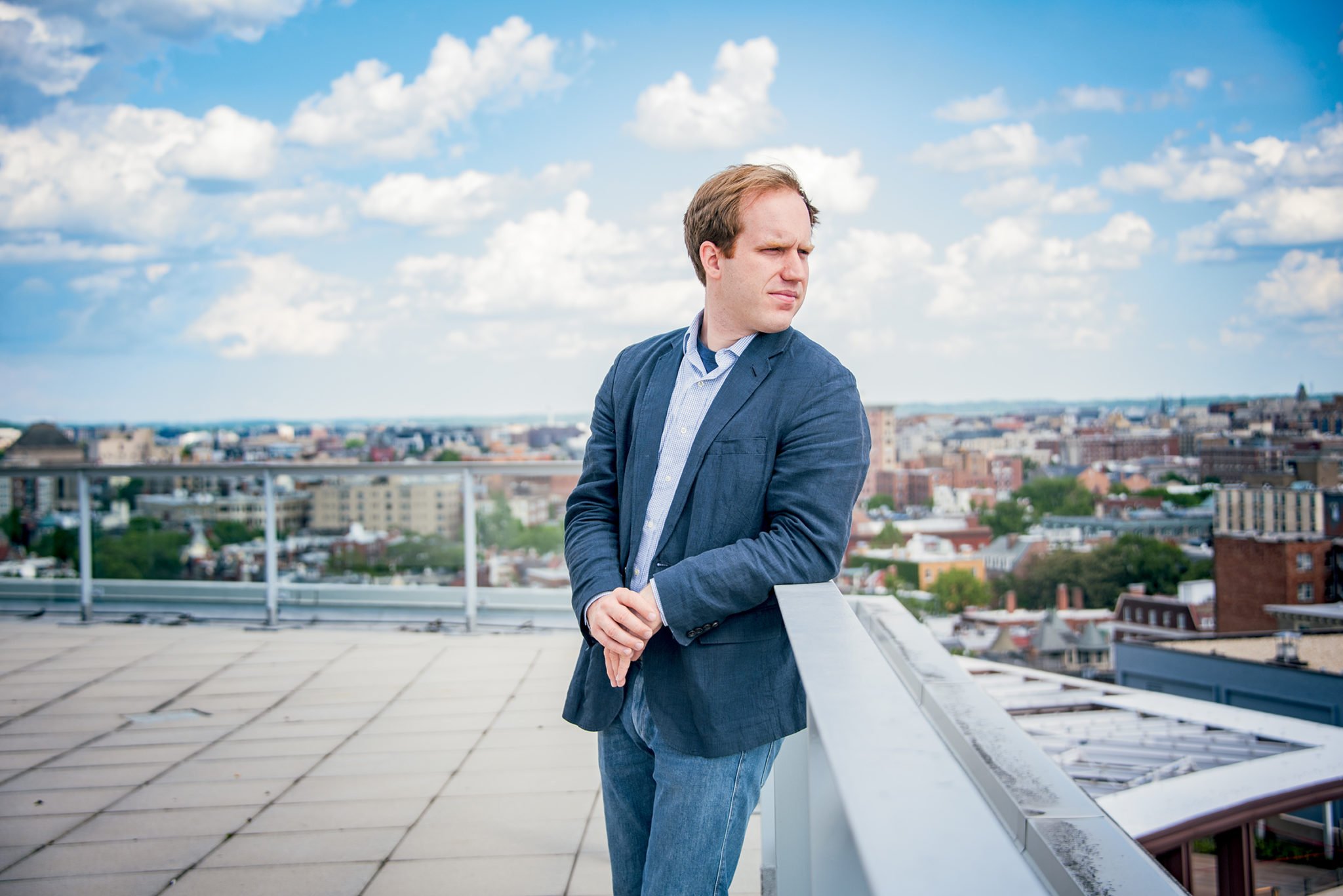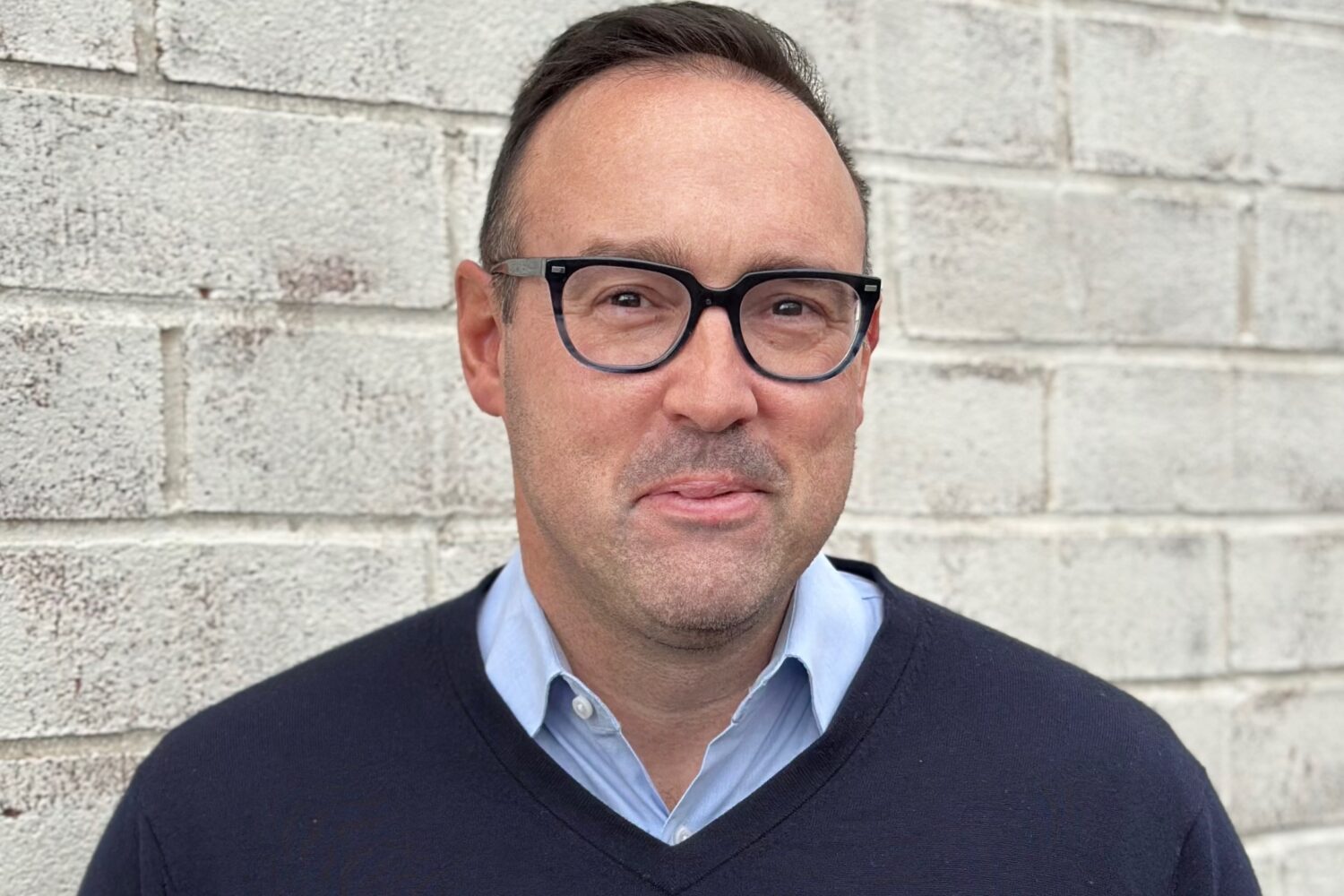During the annual conservative gathering CPAC this past March, the far-right activist Laura Loomer spotted Daily Beast reporter Will Sommer at a nearby Starbucks and began haranguing him. It was part of her larger effort—before she got kicked out of the conference—to pester journalists in attendance who cover the far right. The incident was widely, if briefly, dissected around the internet, but for the growing group of reporters who spend their time documenting extremists such as Loomer, it was just another day at work.
A few years ago, you could have held a meeting for such journalists in a Car2go. But that was before the attention-seeking antics of people like Mike Cernovich, Milo Yiannopoulos, and Alex Jones started having an impact on the real world—for instance, their not-insignificant contribution to the election of our current President.
While lots of news organizations began writing about the far right after Pizzagate—the bonkers conspiracy theory about DC’s Comet Ping Pong—and the deadly 2017 Unite the Right rally in Charlottesville, this kind of extremism occupies a weird corner of the internet that requires expertise and dedication to truly understand its conspiracy theories, in-jokes, and memes. So what’s it like to actually cover these characters, whose supporters are generally all too pleased to target journalists they don’t like?
Sommer has become one of Washington’s most prominent chroniclers of the fringes. He’s a Texan and a former conservative—“I grew up listening to Atlas Shrugged on road trips,” he says—and even after his politics changed during college at Georgetown in the early 2000s, he retained a fascination for right-wing media figures as he covered politics at Washington City Paper and then the Hill. (He moved to the Daily Beast last year.) As social media gave rise to a new set of extremist loudmouths, Sommer started covering their exploits, mostly in an e-mail newsletter called Right Richter that he launched in 2016. “My girlfriend said she was sick of hearing about these characters,” he says. “You know, ‘Why don’t you write a newsletter and, like, bug somebody else with it?’ ”
Other local reporters on this beat come from outside the traditional news media. Cristina López G., who heads a four-person team at Media Matters for America that monitors right-wing extremism, began covering the alt-right after moving here from El Salvador. She started off researching media coverage of immigration, which eventually led to an interest in far-right narratives about the subject, she says. Jared Holt does a similar job for Right Wing Watch, a project of People for the American Way, which mostly covered traditional media before Holt convinced his bosses that internet extremism required a dedicated reporter.

Why choose to write about this particular area, which involves wading into racism, misogyny, and other dark parts of the modern discourse? For one thing, it’s such a strange world that there’s always something to write about. More significant, ideas that start on the fringes have a way of bubbling up. “If you’re watching something like Tucker Carlson or Laura Ingraham on Fox and the way that they speak about immigration,” says Holt, “if four or five years ago you were listening to [podcasts made by] the Right Stuff—which is this little cluster of white supremacists—that’s how they were talking about immigration.”
Of course, part of the reason these ideas spread is media attention. In covering the alt-right, journalists are to some extent amplifying it. “There is a danger of becoming stenographers to some truly awful people,” says López G. But the reality is that this content is out there, whether the media covers it or not, and people should be aware. “Whenever I see a table [at a restaurant] with a little kid watching YouTube on a tablet,” she continues, “I think, ‘How many clicks away from terrible content is that kid?’ ”
Is it safe for journalists to write about this stuff? It can certainly get uncomfortable. Holt—who helped get Alex Jones kicked off of platforms including Spotify and Apple’s podcast app—has received numerous violent threats, which he shares with the DC police department.
Sommer has had someone threaten to send a SWAT team to his home and has been the target of a campaign to get him fired from the Hill. Though he’s extremely active on Twitter, he—like everyone I spoke with for this story—keeps his Instagram account private. “I try to give them as little material to work with as possible,” he says. López G., meanwhile, tries to limit her exposure to the toxic stew she spends her work life scrutinizing. “I think about the long-term consequences to my mental state because it does involve getting in the sewers,” she says. “I try to make sure I am not becoming as nihilistic as the people I cover.”
In recent months, some of the far-right figures these reporters write about have experienced some real-life consequences of their own: The perennially aspiring provocateur Jacob Wohl may be facing federal investigations after his attempts to disrupt the Mueller inquiry, Milo Yiannopoulos is broke after he lost his book deal, and Loomer has resorted to chaining herself to Twitter’s headquarters to protest getting kicked off.
But even if today’s fringe media stars fade, the far right is likely to remain a subject that will deserve scrutiny well past the end of the Trump administration. Sommer, for one, isn’t planning to move on anytime soon. “Trump’s election brought this beat a lot of attention,” he says. “But the issues here—right-wing politics and conspiracy theories and how they collide with conservative media and the internet—are going to continue being worth covering going forward.”
This article appears in the June 2019 issue of Washingtonian.




















